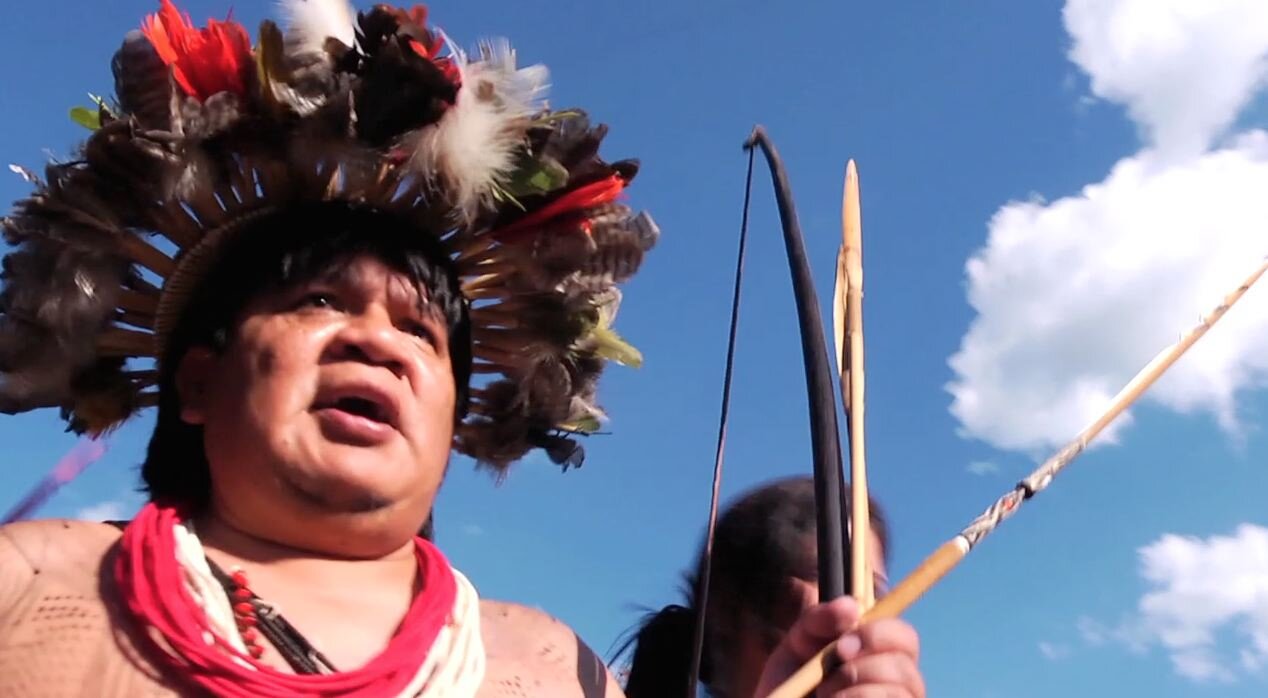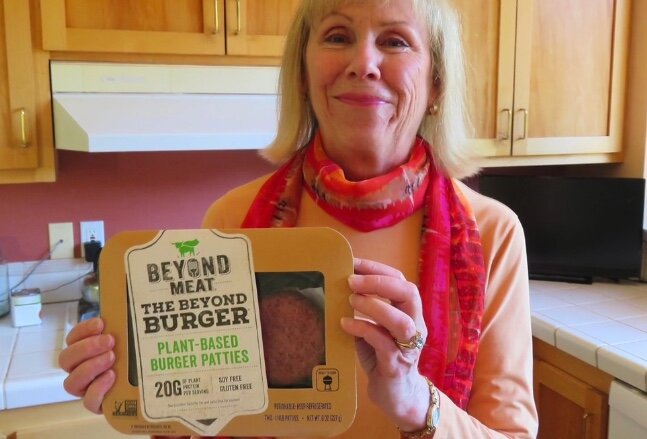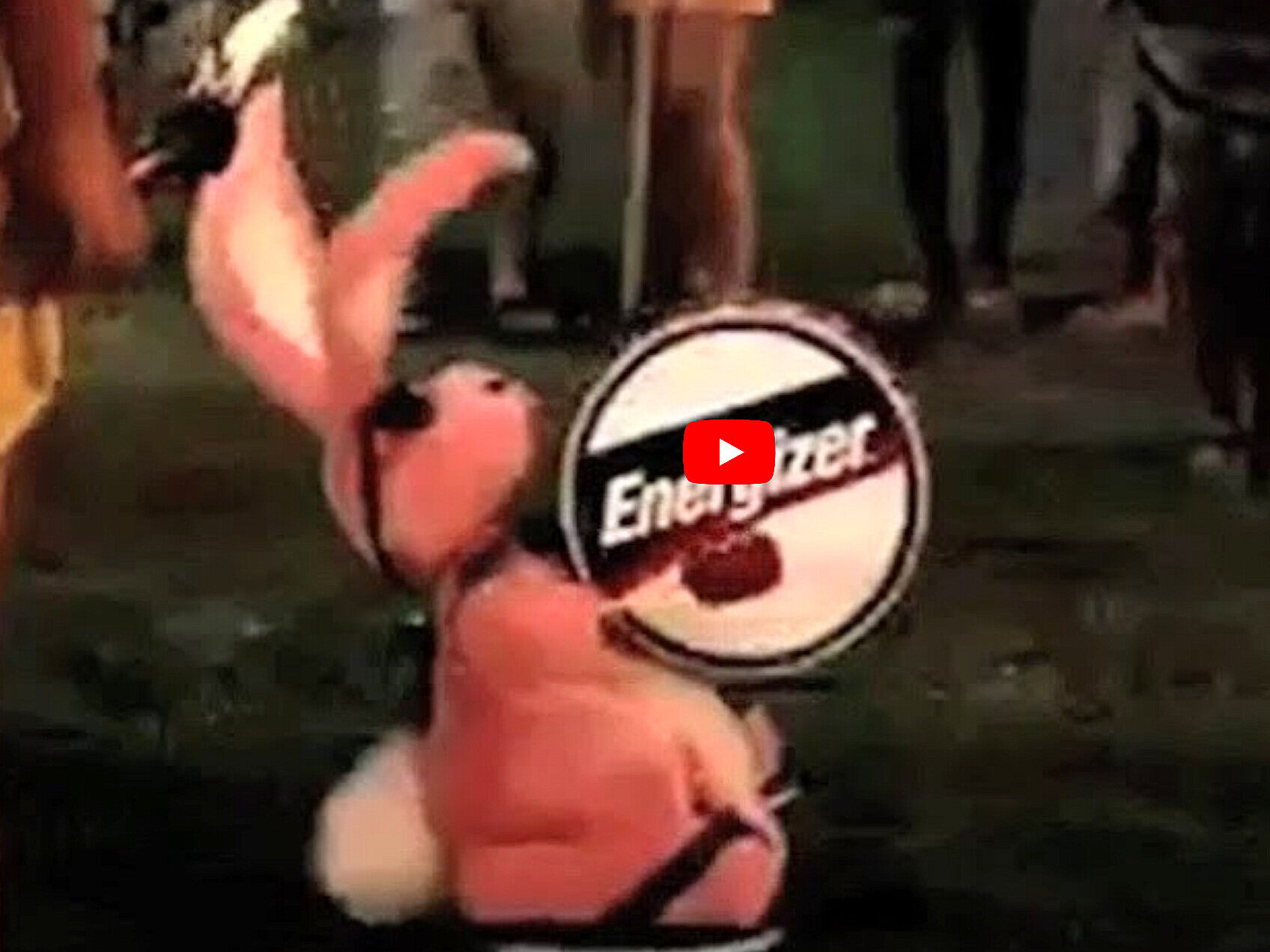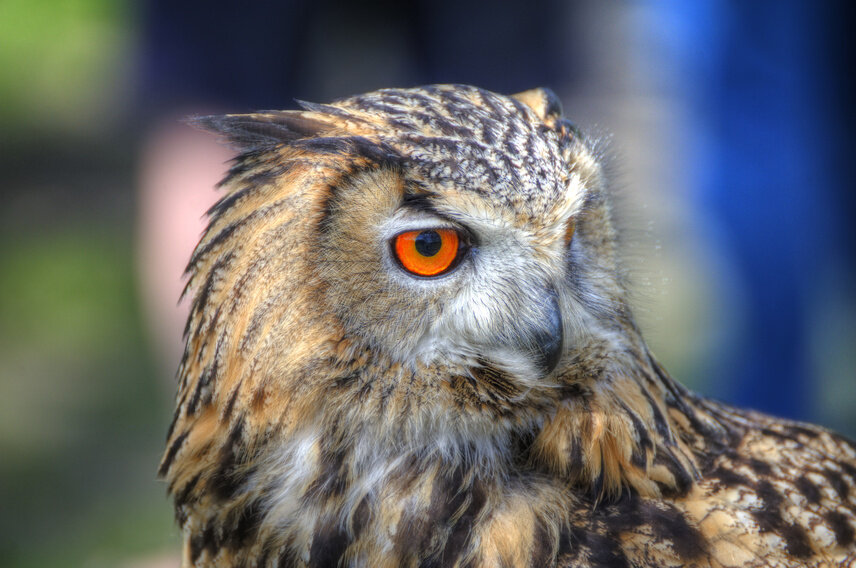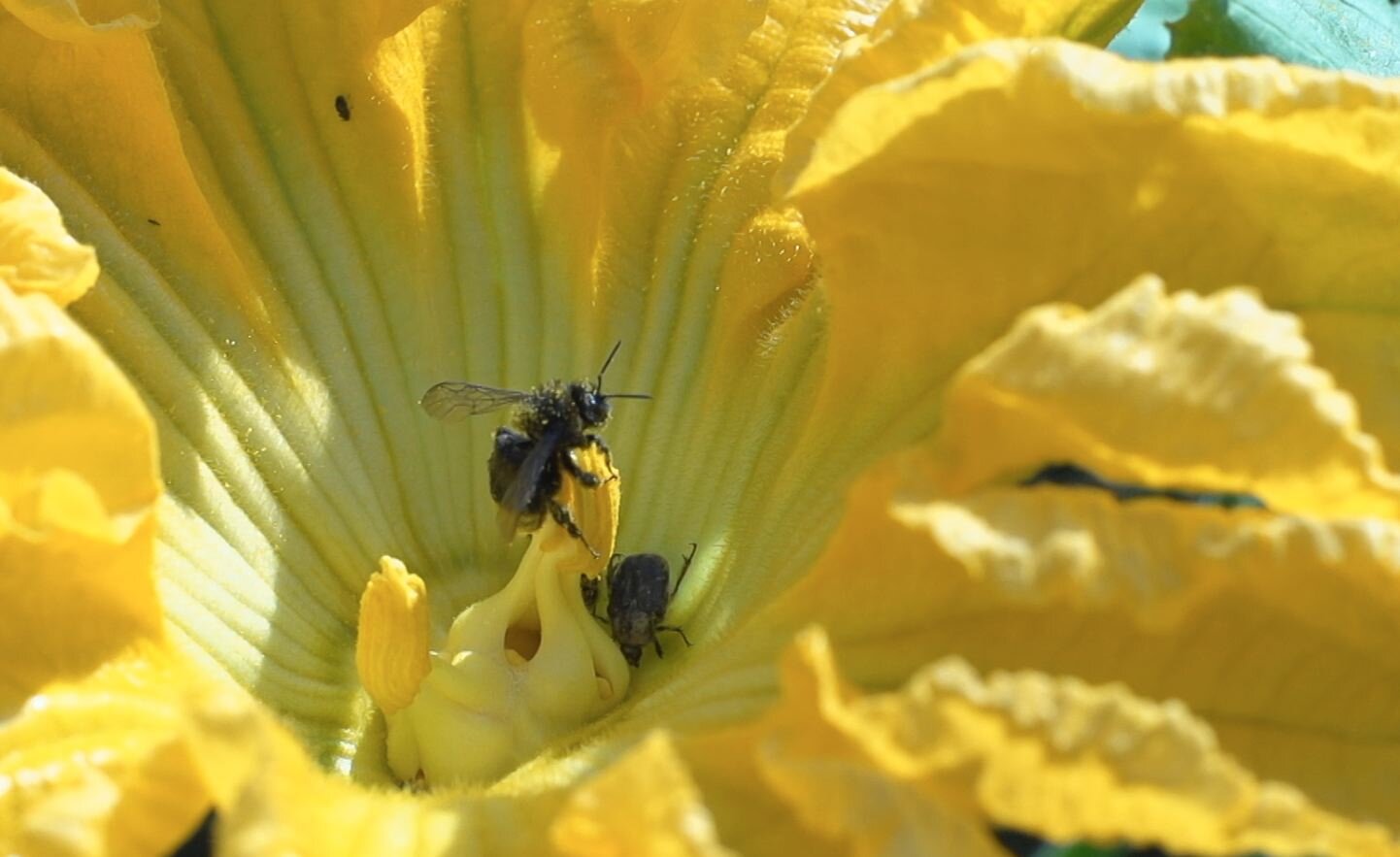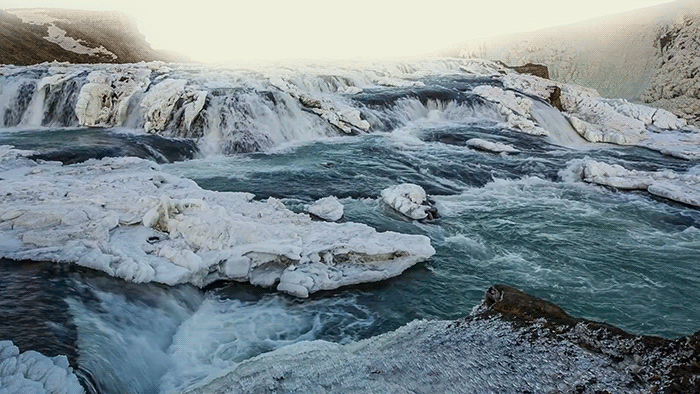
These topics will define our future, and perhaps, the fate of the Earth:
Human Activism. Plastic Pollution. Energy Innovation. Life Itself.
Over the coming months, we are exploring them through:
Entertaining and informative mini-documentaries
Investigative reports
News about crucial climate events and energy innovations
Join us in this moment of reckoning, here on This Planet.
HUMANS,
ACTIVATED
All kinds of people are deciding to act on the climate change issue…

Keep up with breaking stories about activism as they unfold, on This Planet’s Twitter feed & Facebook page:
plastics, investigated
This Planet Investigates: Big Plastic, and How to Beat It
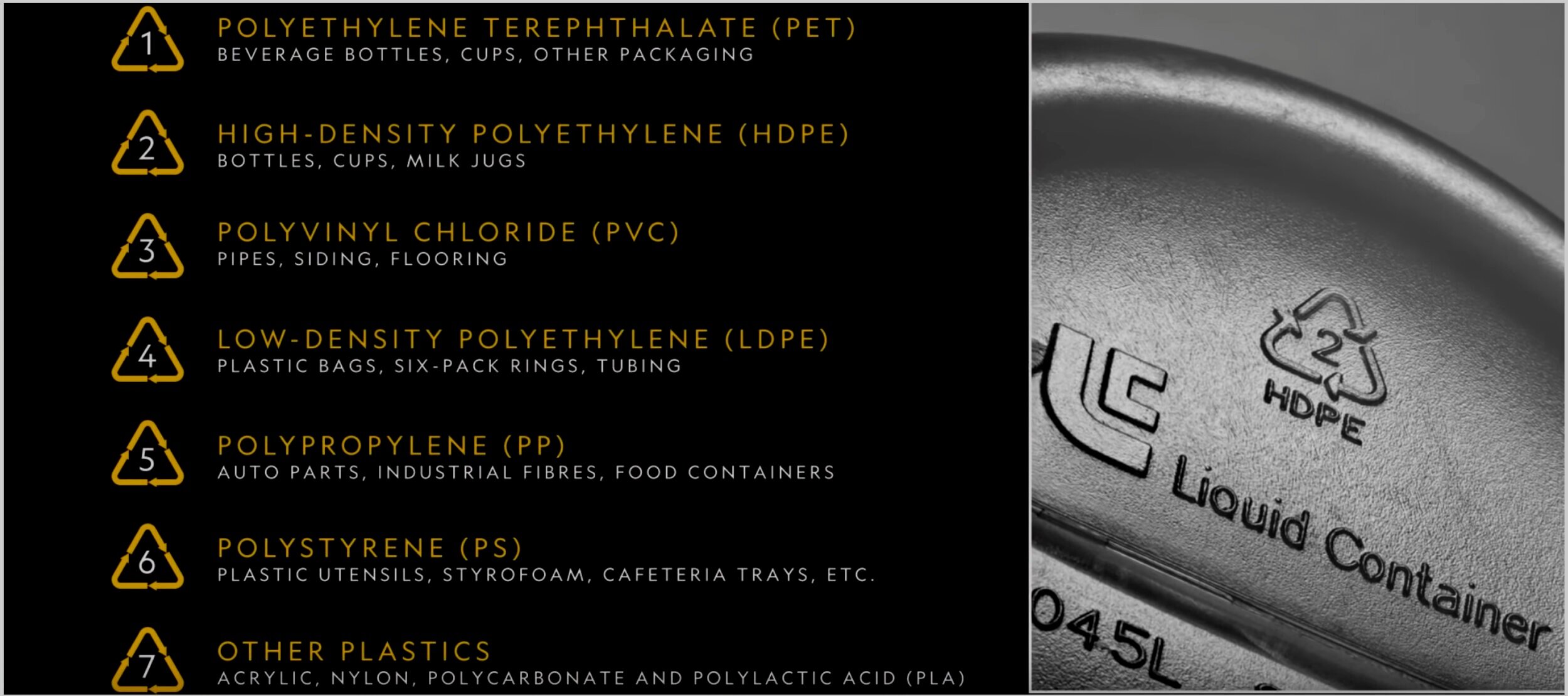
More On Overcoming the Plastic Threat:
From The Story of Stuff Project: Watch Videos that Connect Plastic Pollution to the Fossil Fuel Industry
Four great short videos from the upcoming documentary The Story of Plastic. Watch them here now, and soon, on Link TV
From The Intercept: How the Fossil Fuel Industry Lobbies Against Plastic Bag Bans
This investigation by Sharon Lerner, writing for The Intercept, reveals why it’s so difficult to ban single use plastics - becuase the industry that makes them practices bait and switch and we are all the victims.
ENERGY,
INNOVATED
As solar and wind power generation grow, innovation for storage of all that energy, and new systems to transmit the energy, are urgently needed. Here are some videos about those working to meet these challenges
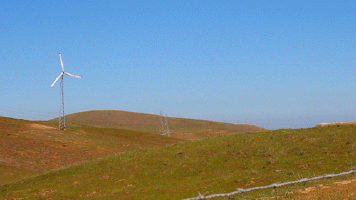
Energy Innovations: Nanowire Natural Electricity
It sounds like science fiction but it is true: a continuous flow of electricity can be generated out of thin air, using the moisture that is naturally in air everywhere in the world - even in deserts.
Researchers at the University of Massachusetts in Amherst discovered years ago that certain microbes that live in muddy water have filiments that conduct electricity. Now they’ve made a thin film of these ‘protein nanowires.’ NATURE published the paper detailing the new use of nanowires in February 2020. The researchers wrote:
Here we show that thin-film devices made from nanometre-scale protein wires harvested from the microbe Geobacter sulfurreducens can generate continuous electric power in the ambient environment…We find the driving force behind this energy generation to be a self-maintained moisture gradient that forms within the film when the film is exposed to the humidity that is naturally present in air.
The video below, from AMAZE LAB, explain the potential of the discovery to revolutionize the production of energy
A protein found in nature makes it possible to generate electricity out of the air, pioneering a new form of green energy.
This video shows how nanowires on bacteria that is found in sewer water can be used to both clean up the toxic waste, as well as generate electricity for other uses:
If you want to purify your own community’s wastewater, this video from EURONEWS shows how to use the electrical bacteria. Do try this at home!
CrayoNano AS introduces a hybrid material with unique properties. This is obtained by growing semiconductor nanowires on graphene.
And, if you just can’t get enough of nanowires but find waste-eating bacteria kind of disgusting, check out this video from CrayoNano AS. They have figured out how to grow semiconductor nanowires by shooting chemicals at graphene.
The same microorganism, Geobacter, is also used to clean up toxic waste. In this video, UMass Amherst's Distinguished Professor Derek Lovley, who discovered the electric bacteria 30 years ago, talks about his discoveries and explains how Geobacter nanowires work. Visit www.umass.edu for more.
Harnessing bacteria that produce electricity and break down organic waste, a European research project is developing a new, environmentally friendly way to p...
LIFE, ITSELF
This is one dynamic planet! It’s nothing if not alive. But we who have shaped the Earth to our needs can be our own worst enemies…


